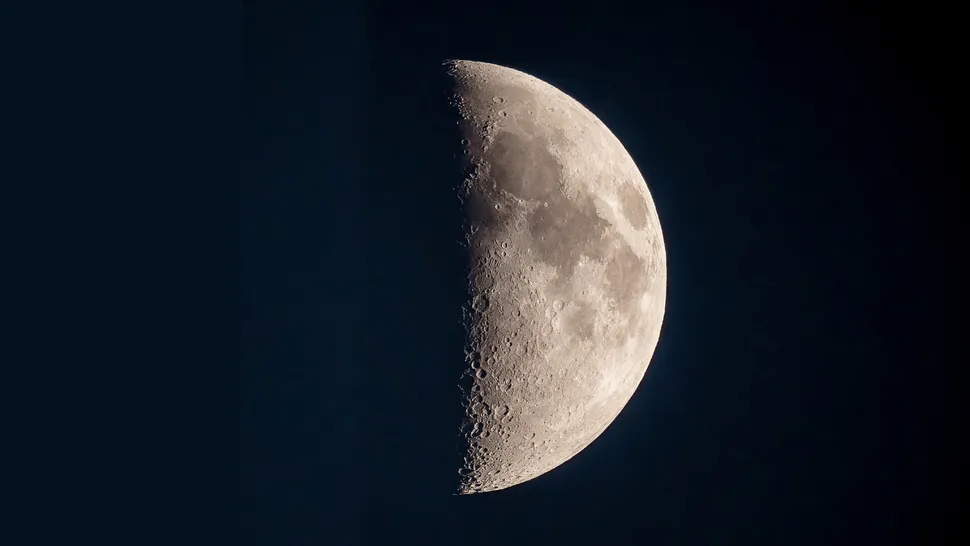Saturday, Sept. 14 marks NASA’s annual Observe the Moon Night, a worldwide event to promote lunar science and astronomy, celebrate cultural connections to the moon, and promote amateur lunar observations.
On the day, NASA will be hosting a broadcast channel (all live streams available here), along with a Twitch livestream on Thursday, Sept. 12, where they will share updates on lunar science, highlight preparations for their upcoming Artemis mission, which will land the first woman and first person of color on the moon and explore more of the lunar surface using new, innovative technologies.
There will also be interviews with NASA experts, solar eclipse highlights, and tips on how best to make your own lunar observations. The moon will be just past its first-quarter waxing phase, making it bigger and brighter for this event compared to previous years. What you observe will depend on location, equipment, and the weather.
Of course, the moon can be observed with just the naked eye, but views can be further enhanced using binoculars and telescopes, through which you might be able to view some of its smaller craters.
And even if the weather doesn’t hold up, there are numerous other ways to participate and make observations from the comfort of your own home. These range from a Youtube playlist showcasing images taken by the MicroObservatory Robotic Telescopes, printing replicas of lunar rocks if you have access to a 3D printer, to podcasts and playlists of “lunar tunes.” More options have been outlined by NASA here.
There will also be a gallery available where participants from all over the world, whether participating in a NASA event, hosting a personal gathering, or observing on their own, can upload images and participate in community discussions. Images can also be shared on social media using #ObserveTheMoon.
The moon is one of the most satisfying objects in the night sky to observe through optics like a telescope or pair of binoculars. If you want to get a closer look at the moon’s many features on Observe the Moon night or at any other time, be sure to read our guides to the best telescopes and best binoculars.
Source: https://www.space.com/nasa-observe-the-moon-night-2024-how-to-celebrate



